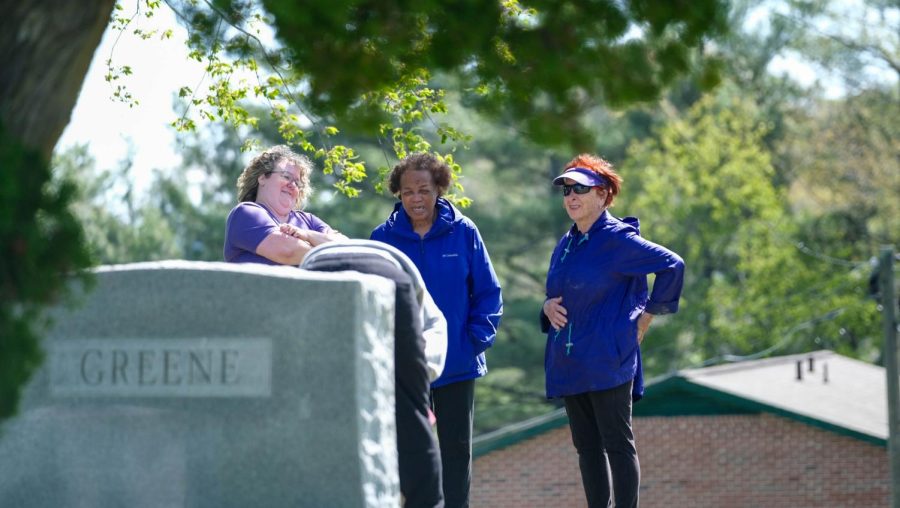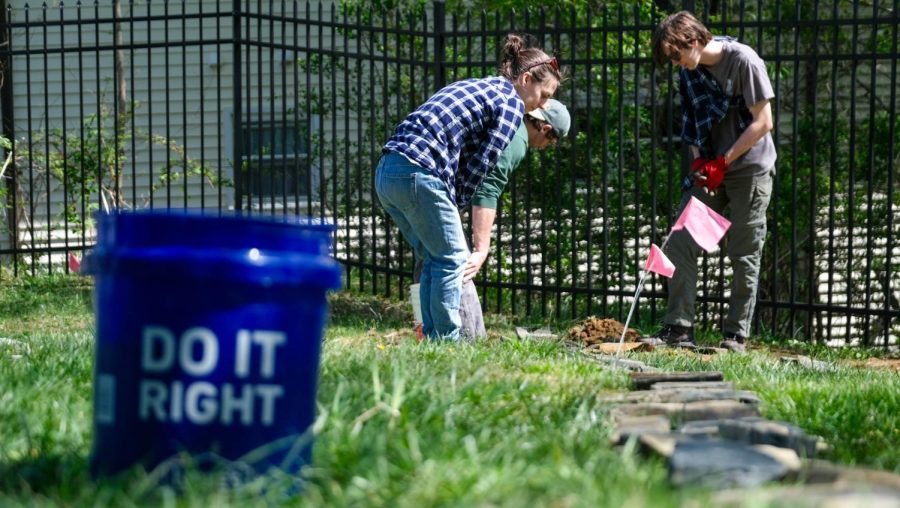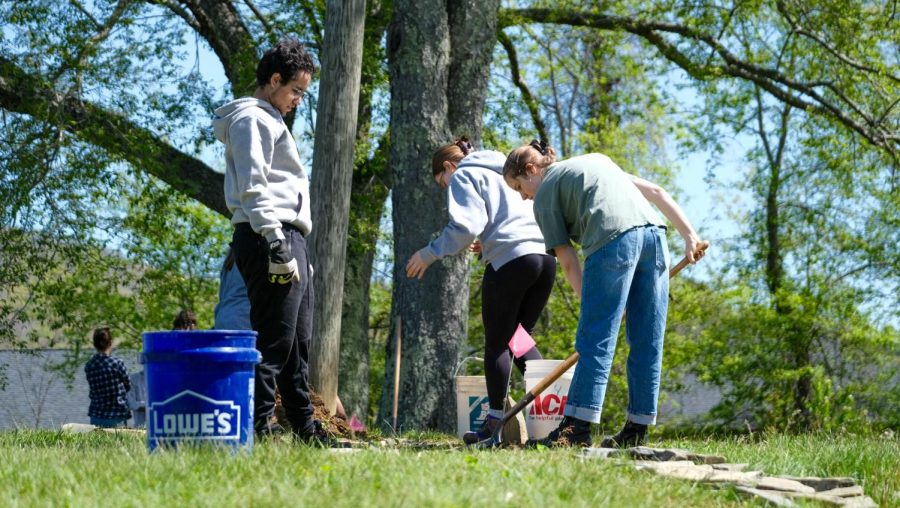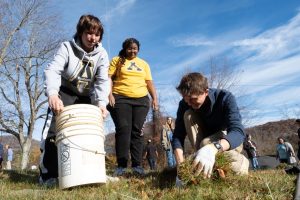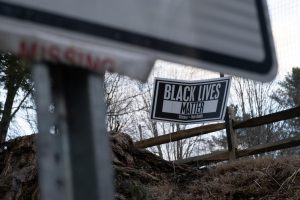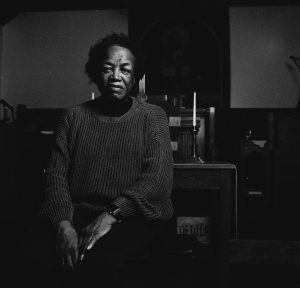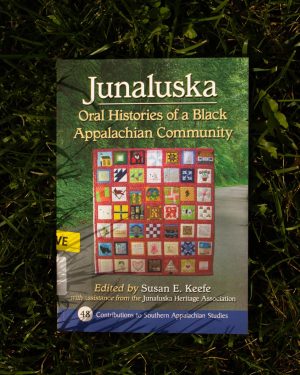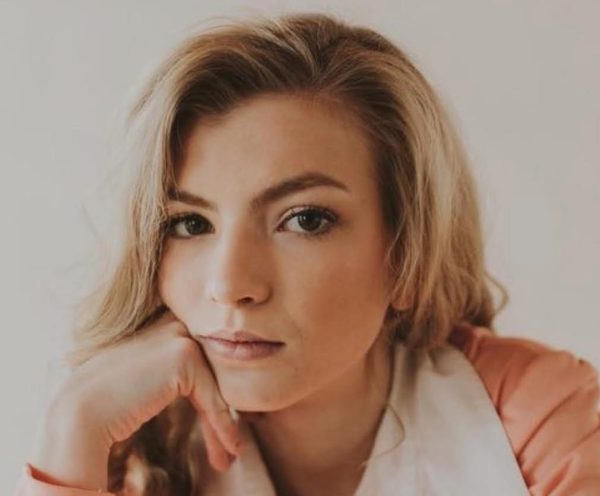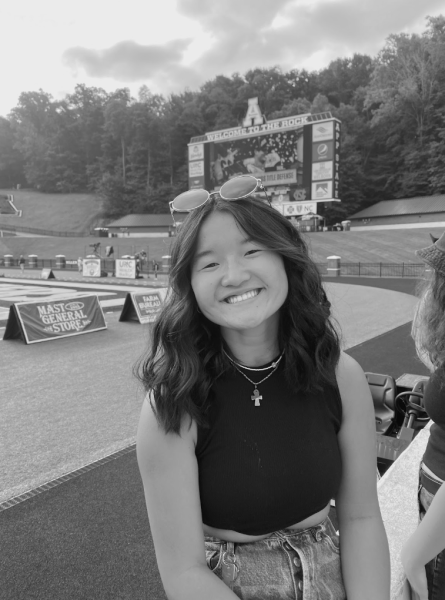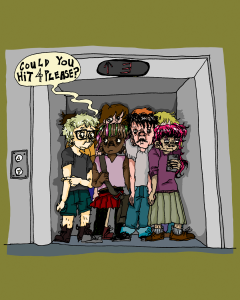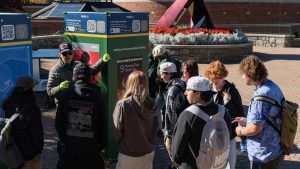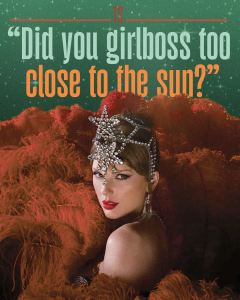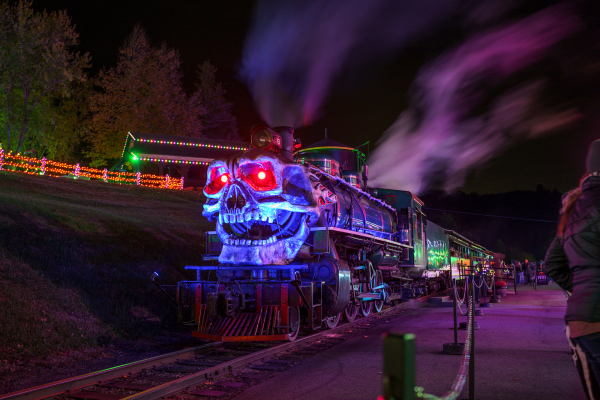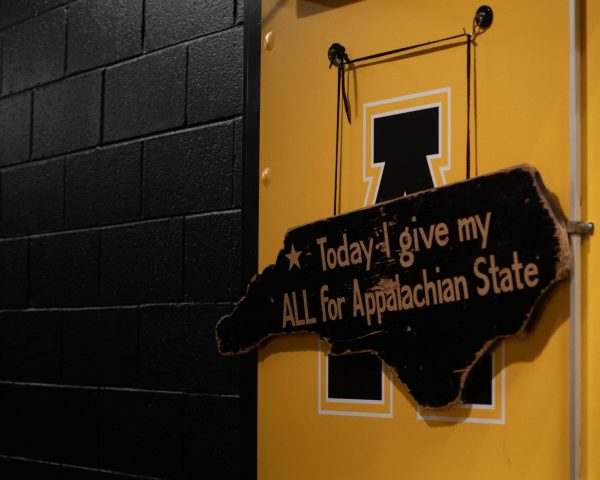Preserving local history through the Boone Cemetery
Junaluska Heritage Society members (from left to right), Kristen Baldwin Deathridge, Roberta Jackson, and Katie Mack join the volunteers for the grave refurbishing project. Apr. 30, 2023
May 2, 2023
Less than 10 years ago, there stood a dilapidated, overgrown chain-link fence that twisted its way through the Boone Cemetery. While fences are typically used to enclose an area in its entirety, this fence ran around only one section of the grassy hill. It shut out the graves of Black community members and three Union soldiers.
The fence was removed in 2016 during a series of projects in the cemetery funded by the Town of Boone, including the construction of a new fence that ran around the whole cemetery, according to the Junaluska Heritage Association website.
However, Associate Professor Alice Wright, along with members of the Junaluska Heritage Association and many other volunteers, doesn’t want the story of that fence to end there.
On Saturday morning, a group of around 30 volunteers, poised with shovels, five-gallon buckets, heavy utility gloves and reusable water bottles, got to work marking the ground where the chain-link fence formerly stood.
Wright, teamed with JHA members Roberta Jackson, Katie Mack and Kristen Baldwin Deathridge, looked at photos of the former fence taken in 2015 to determine its exact location.
The volunteer team worked for several hours carrying the stones, organizing them to align, positioning them to ensure the mark was accurate, carefully digging up pieces of sod, putting down an inch of gravel and, finally, securing the stones in place.
At the end of the morning, a thin line of pieced-together rock stretched across the cemetery.
Wright said the fence is an important part of the history of the graveyard because “somebody made a decision, long after that division existed, to mark that division with a chain-link fence.”
Wright said the stones and gravel used to create the fence marker were materials left over from a project in November in the cemetery that was also organized by Wright and members of the Junaluska Heritage Association.
Volunteers placed headstones on each of the unmarked graves of Black community members.
Mack said the coming together of volunteers to complete these projects “lends more collective support for the Junaluska heritage, the relatives of the people who had this booming town within a town. And to work with the students is just a treat.”
The stone used in both projects is a kind of Blue Fieldstone, Wright said.
“The kind of stone that we are using was selected after quite a lot of discussion with the Junaluska Heritage Association, and a former geology professor named Jack Callahan, and some historical research, in which we were trying to find out what kinds of stone were most likely to have been used as the original grave markers,” Wright said.
Because the fence-marking project utilized the same materials, Wright said, there was no additional funding needed.
Deathridge, standing next to the large granite cemetery marker that lists the names of people known to be buried somewhere in the sea of unmarked graves, said each project was completed with care to ensure no grave would be disturbed.
Venice Rondinelli, a freshman sustainable development major, fixated on the patch of ground in front of her as she carefully plucked chunks of sod out of the earth with her shovel.
She said she had also attended the headstone project in November, and it was nice to see several community members returning to support the work being done.
“The community still faces marginalization from the Boone community and, like, the town, so I’m just coming out here and showing that the Mountaineer community, or at least the students, are supporting Black and Indigenous communities within Boone,” Rondinelli said.
The chain-link fence was installed sometime in the mid-to-late 1950s, said Eric Plaag, the chair of the Historic Preservation Commission.
Plaag said, it “is clear that the town government in the 1950s put up the chain-link fence around the white section because they didn’t want people going into the overgrown Black section of the cemetery.”
Plaag emphasized that he spoke on his own opinions, and was not representing the views of the commission or any other organizations he is affiliated with.
Plaag said two years prior to the construction of the chain-link fence, the Clarissa Hill Cemetery was created, which remains operational today.
Plaag believes the creation of the Clarissa Hill Cemetery and the construction of the chain-link fence was designed to force Black community members to no longer use the Boone Cemetery.
However, Plaag said this could also have been due to overcrowding, as was the case with the white section of the cemetery.
Correction: A previous version of this article incorrectly stated the Town of Boone donated land to form the Clarissa Hill Cemetery. This has been corrected in the story.

